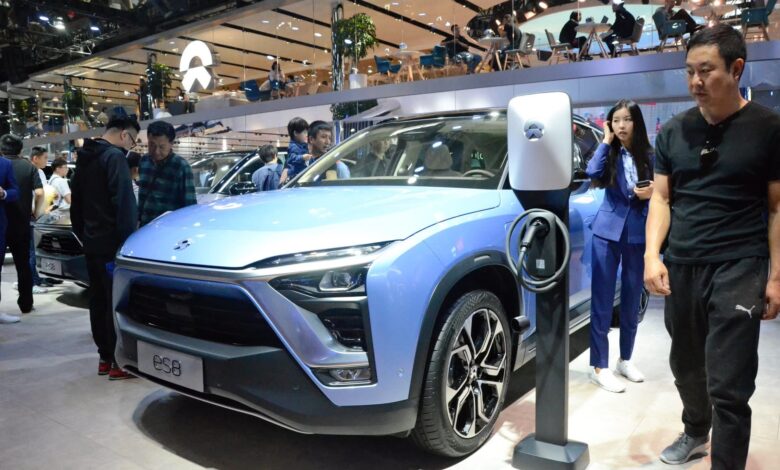
Are there too many electric car companies in China?
The use of electric or hybrid vehicles among consumers is gaining momentum due to various regulatory measures and restrictions imposed by different governments by the well-known “Agenda for the period up to 2030”.
Recently, approved new restrictions on polluting vehicles in Madrid, which will come into force in the coming months. Furthermore, they provide for the creation of various zones in Madrid. As a result, it will be possible to move freely only on transport with the appropriate certificates confirming the number of emissions and the energy used. Thus, the capital of Spain will join other major European capitals and cities that have already introduced similar measures.
All this suggests that the production of vehicles of these types will only grow in the coming years. This realization has prompted significant car manufacturers to increasingly offer this type of car to their consumers – which could be observed after the agreement reached between Kia Motors and Uber in June.
Undoubtedly, the current king of this niche is Tesla, even though Elon Musk’s company has to compete with Mercedes, BMW, and Audi, working in the automotive sector for much longer. However, in the race for primacy in the electric car market, China is Tesla’s main competitor at the moment.
Several electric car manufacturing companies have appeared in China recently, including NIO, Xpeng, and BYD. But can this become a problem?
Although competition in this sector is beneficial because it promotes innovation and competitive prices, the Minister of Industry and Information Technology of China sees this as a problem. He believes that there are too many companies of this type, so it seems that the government will try to encourage their consolidation. Thus, in the coming months, we may witness mergers initiated by the Chinese government.
Despite this, it seems that the expansion of these companies outside the Chinese market continues. Recently, we learned that NIO received a five-star Euro NCAP safety rating, which gives the company the right to sell its ES8 model in Europe. It also plans to start selling the popular ET7 model in Germany in the fourth quarter of 2022, contributing to production and revenue growth.
Although NIO’s shares performed one of the best results on the market last year, by 2021, the price has fallen by about 22%. The stock is currently trading at about $ 38 per share. After reaching record highs near the level of $ 66 per share on January 11, the price collapsed sharply, starting its current downtrend and confirming a negative divergence with the MACD indicator.
The daily chart shows that the price found strong support at the level of $ 31 per share, marked by the lower red band, where it bounced up. However, after that, the price collided with the downtrend line at the level of $ 55 per share. Currently, the price is trying to recover to the level of $ 40. Still, it looks like there will be a triple bearish crossing of its moving averages. It may start a new downward movement if the price loses the support level represented by the upper red band.
Such a breakout can lead the price to the level of annual lows. The loss of this level may cause a further correction. On the other hand, if the price manages to grow and stay at the level of $ 40 per share, a new upward momentum may form. Therefore, if the price cannot break through the downtrend lineup, the market mood will remain negative.